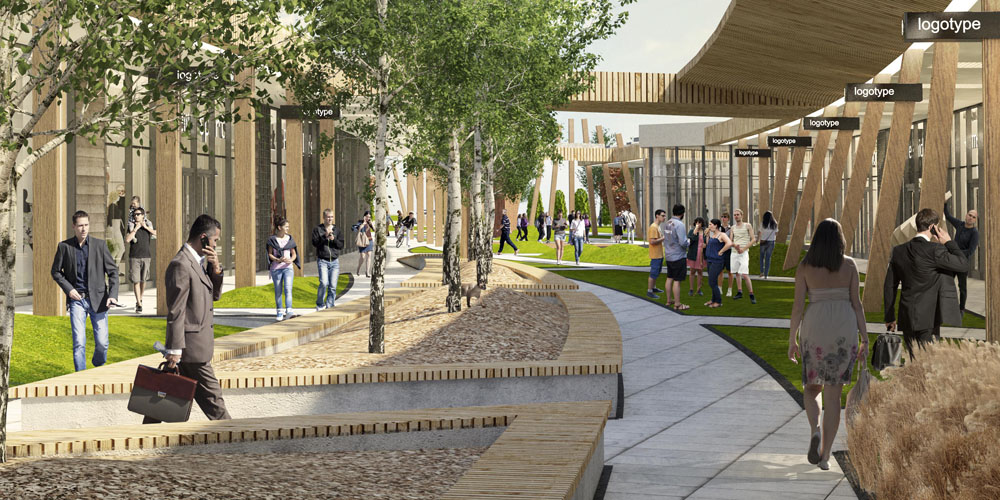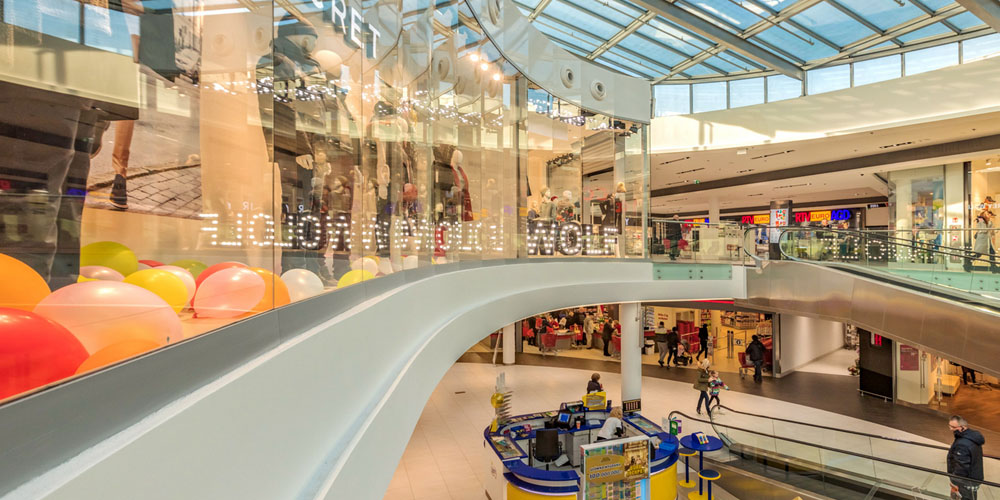The Senses of Retail
Despite the upheaval of civilisations, revolutions, tyrannies and war, the foundations of human instinct have changed little over the course of documented history and all we require of our chosen shelter is security and warmth. Even the ‘warmth’ bit is optional.
For public space to be successful, it therefore needs to respond to these two fundamentals, nowhere more so than in elective public space – places that we choose to go rather than have to use. And so we return to the subject of our favourite bete noir, the retail mall.
If we look at the two human necessities in their broadest sense, we can begin to build a set of criteria for design, which can be layered onto the ‘five principles’ discussed here.
The first bit. Security defines how we respond to a space. Our homes and places of works are enclosed and, usually, occupied by people we know and trust. Public space is not, so we look for ways to ensure that our backs are protected and that threats can be avoided. Observing the way in which people use the central rectangular atrium in a certain well-known London shopping centre, the casual observer may be struck by the fact that few people crossing the space will do so in a straight line. Most people follow a circuitous route around the outside. They are not diverted by interest in the retail offer – they are avoiding the risk of exposure, largely unaware that they are doing so.
In a similar way, creating seating and co-working space in public areas necessitates differentiating between rest and theatre, between the process of recouperation, needed to prolong the duration in the centre and, in parallel, the act of observing or engaging with the activities of others. Both require some degree of separation from the movement and risk of others. Comfort is derived from that separation.

The second bit. Warmth is a very broad subject, which touches on the physical, the psychological and the emotional. Warmth comes as a reaction to the environment presented and so it is perceived not only in the tactile, but also in the visual, acoustic and olfactory. The welcome that the senses perceive is a compound of these stimuli, distilling into a message that is swiftly absorbed and understood.
Public space that is visually engaging – rich in colour, shape and texture, legible and human in scale – engages interest, especially if it memorable and communicates a theme in a consistent language. Successful public space tells us that complexity and over-embellishment are as much of a deterrent as monotony and monochrome.
If we layer in a conducive acoustic environment, in which the reverberation time has been tuned to reduce echo and improve audibility and in which the sounds accompanying the visit communicate atmosphere rather than advertising, the barriers to customer dwell time begin to weaken. This is where the experience begins to outweigh the necessity of process.
From this, we might deduce that successful public space engages with all human senses at the subliminal level, to communicate both welcome and security. It creates visual interest, a rewarding soundtrack and an enticing smell. It pulls the visitor in, leads, encourages and helps to convert the visitor to a loyal customer. Effective and engaging public space therefore has the potential to do the opposite of what most shopping centre interiors do.

